Table of Contents
Top 8 Essential Spices for Vegetable Soup
Transform your vegetable soup from ordinary to extraordinary with these 8 essential spices. Here's exactly what you need to know:
- Cumin: 1/2 tsp per quart. Warm, earthy flavor. Best for tomato-based or root vegetable soups.
- Garlic Powder: 1/4 tsp per quart. Savory depth. Add in last 10 minutes of cooking.
- Thyme: 1 tsp dried or 1 tbsp fresh. Delicate aromatic. Perfect with mushrooms and root vegetables.
- Bay Leaves: 1-2 leaves per pot. Rich broth depth. Add at start of cooking.
- Paprika: 1/2 tsp per quart. Smoky sweetness. Ideal for creamy soups.
- Coriander: 1/4 tsp per quart. Citrusy note. Great for Mediterranean-style soups.
- Oregano: 1 tsp dried. Robust herbal flavor. Perfect for tomato-based soups.
- Onion Powder: 1/4 tsp per quart. Sweet umami. Use in place of fresh onions for convenience.
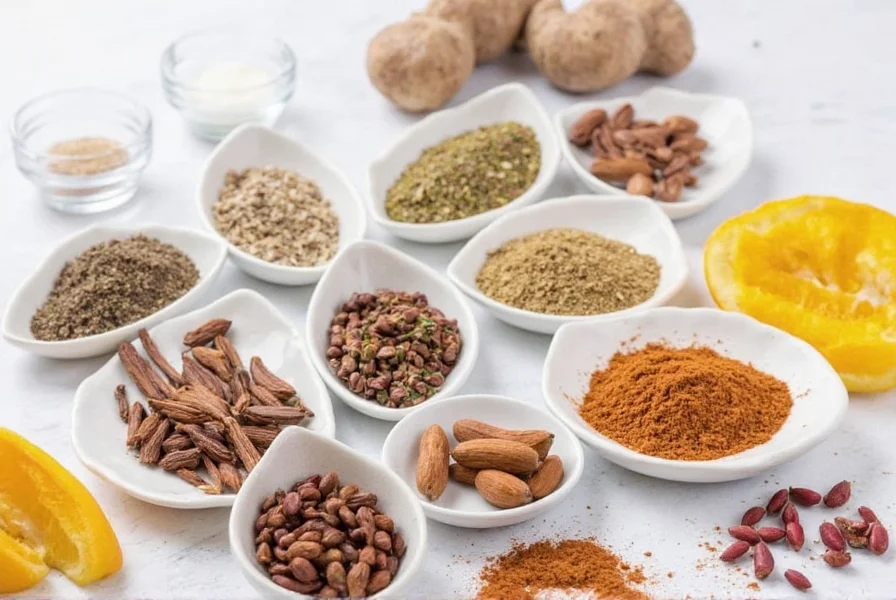
How to Use Vegetable Soup Spices
Maximize flavor with these precise techniques:
- Start Small: Begin with 1/4 tsp ground spices per quart. Taste and adjust before adding more.
- Toast Whole Spices: Heat cumin or coriander seeds in a dry pan for 1-2 minutes before grinding to unlock aroma.
- Timing Matters: Add bay leaves and whole spices at the start. Use garlic powder and onion powder in the last 10 minutes to preserve freshness.
- Layer Flavors: Combine thyme + bay leaf for French style, or cumin + paprika for Middle Eastern depth.
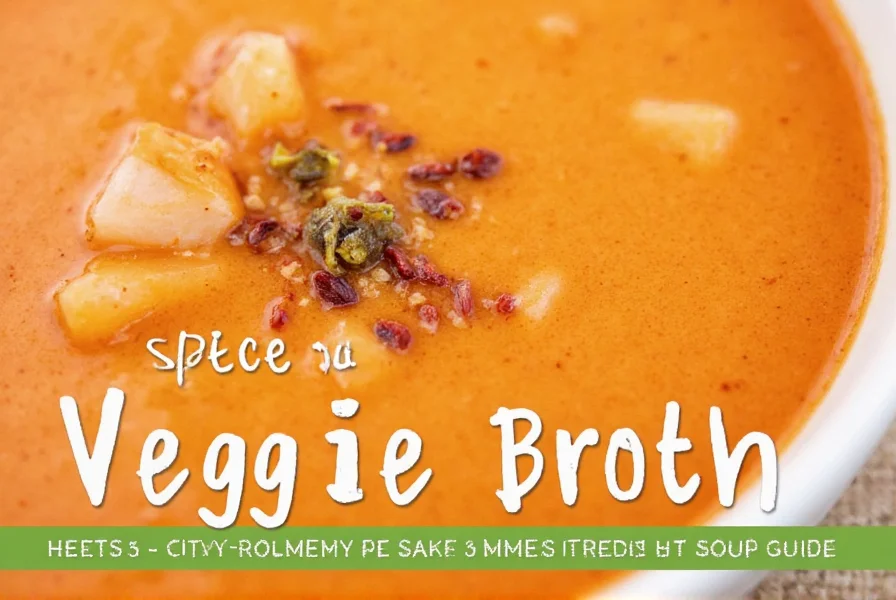
Buying Guide for Premium Spices
| Spice | Best For | Quantity per Quart | Storage Tip |
|---|---|---|---|
| Cumin | Tomato-based soups, lentil dishes | 1/2 tsp | Store in cool, dark place; replace every 6 months |
| Garlic Powder | Quick savory base for any soup | 1/4 tsp | Airtight container; keep away from moisture |
| Thyme | Mushroom, root vegetable soups | 1 tsp dried | Refrigerate fresh thyme; dry in airtight jar |
| Bay Leaves | Long-simmered broths | 1-2 leaves | Store in glass jar; replace annually |
| Paprika | Creamy soups, roasted vegetable dishes | 1/2 tsp | Keep away from light to prevent fading |
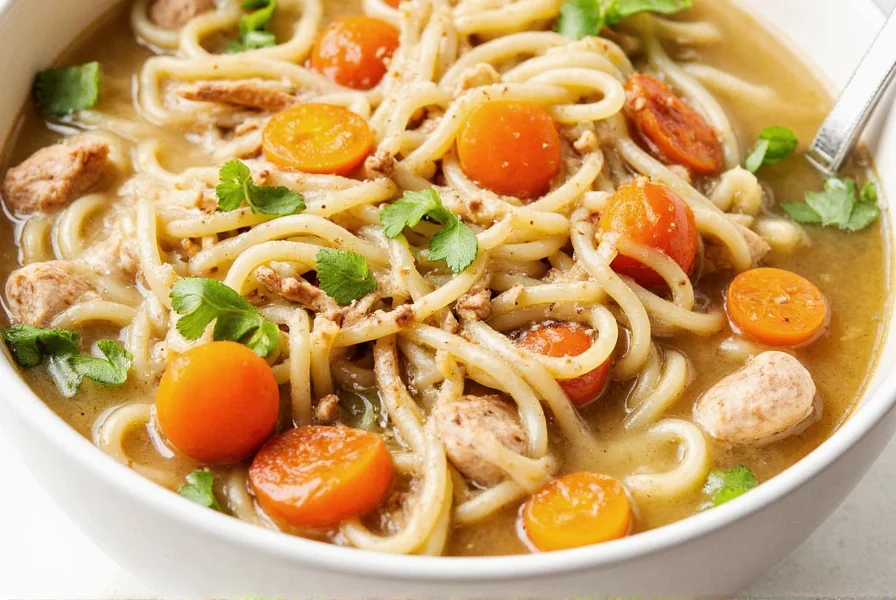
Frequently Asked Questions
What are the 5 most essential spices for vegetable soup?
The top 5 spices for vegetable soup are: cumin (earthy depth), garlic powder (savory base), thyme (aromatic quality), bay leaves (broth richness), and paprika (smoky sweetness). These create a balanced foundation that works with most vegetables and cooking styles.
How much spice should I add to my vegetable soup?
Start with 1/4 tsp ground spices per quart of soup. For whole spices like bay leaves, use 1-2 leaves per pot. Always taste before adding more - you can adjust but never remove excess spice.
Should I use fresh or dried spices for vegetable soup?
Use dried spices for foundational flavors (cumin, garlic powder) added early in cooking. Reserve fresh herbs (thyme, parsley) for last-minute garnishes to preserve delicate flavors. Ground spices lose potency after 6-12 months.
Can I substitute one spice for another in vegetable soup?
Yes, but with caution. For example: oregano can replace thyme for Mediterranean flavor, but use half the amount. Smoked paprika substitutes for cumin in earthy soups. Always consider how substitutions change the overall flavor profile.
When is the best time to add spices to vegetable soup?
Hardy spices (bay leaves, whole seeds) go in at the start. Delicate powders (garlic, onion) should be added in the last 10 minutes. Toasting whole spices before adding enhances their flavor profile significantly.
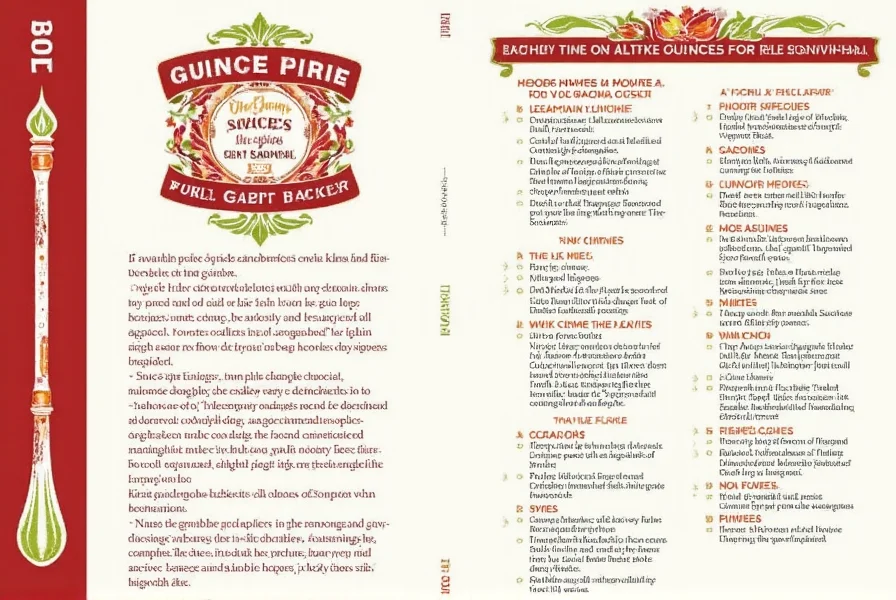
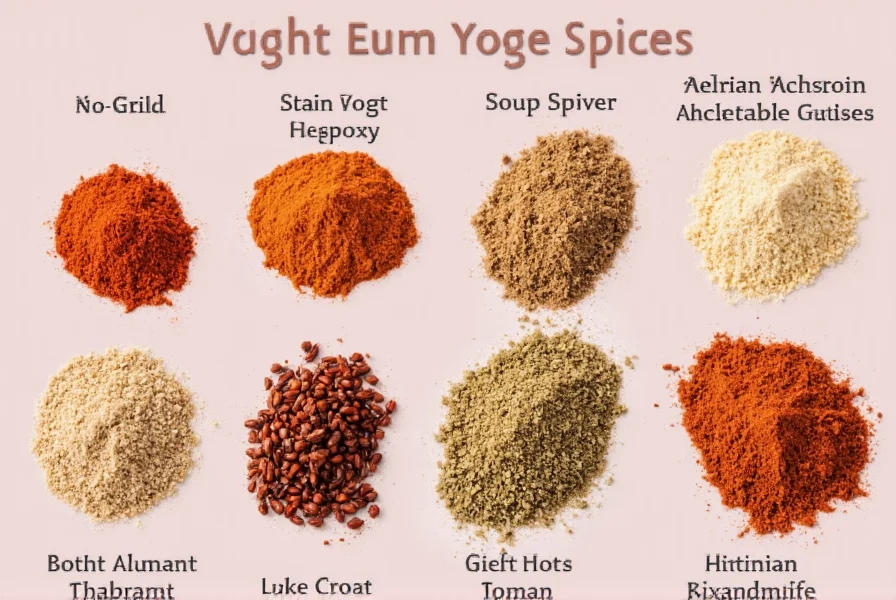
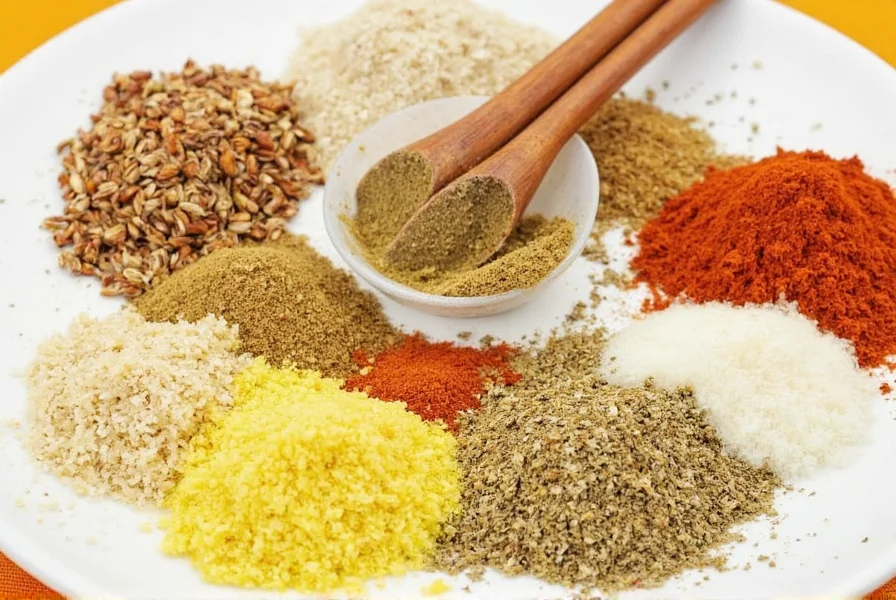
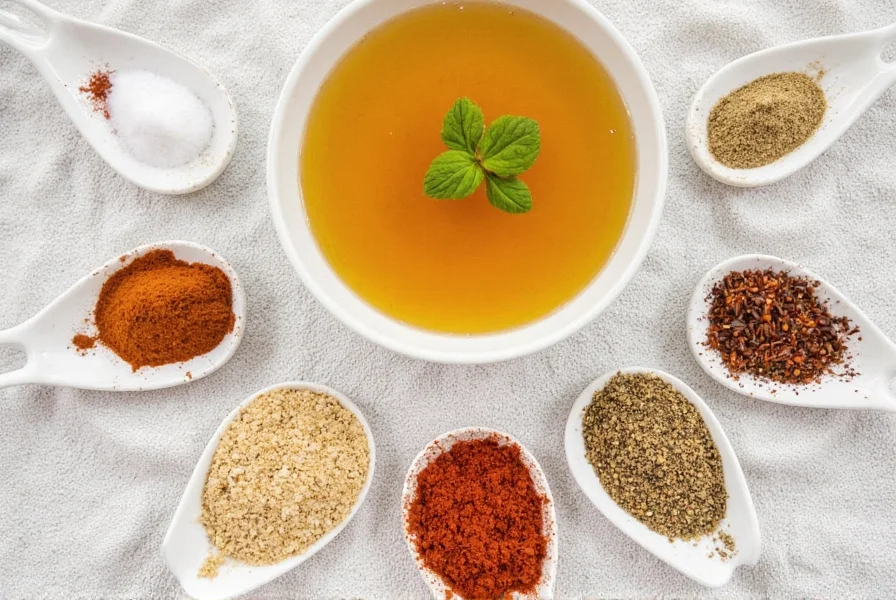
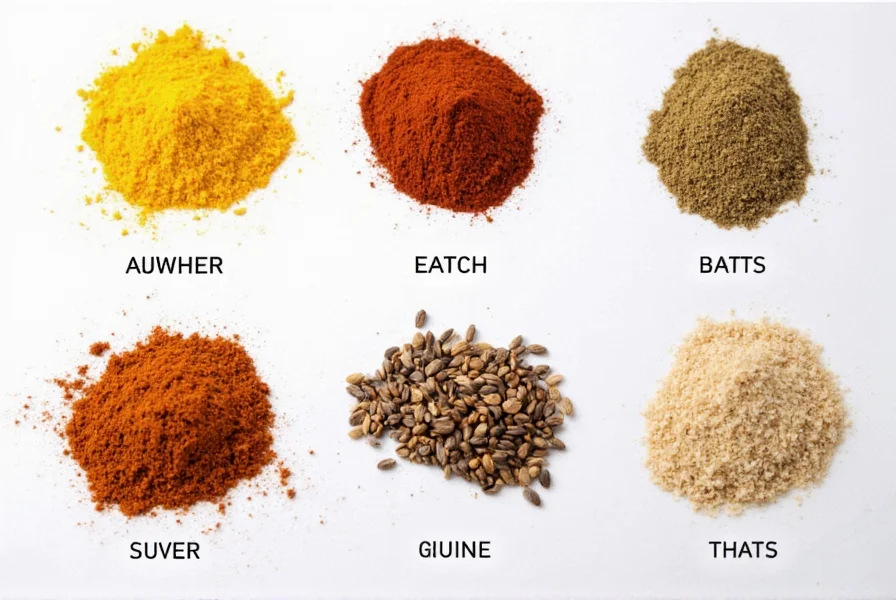

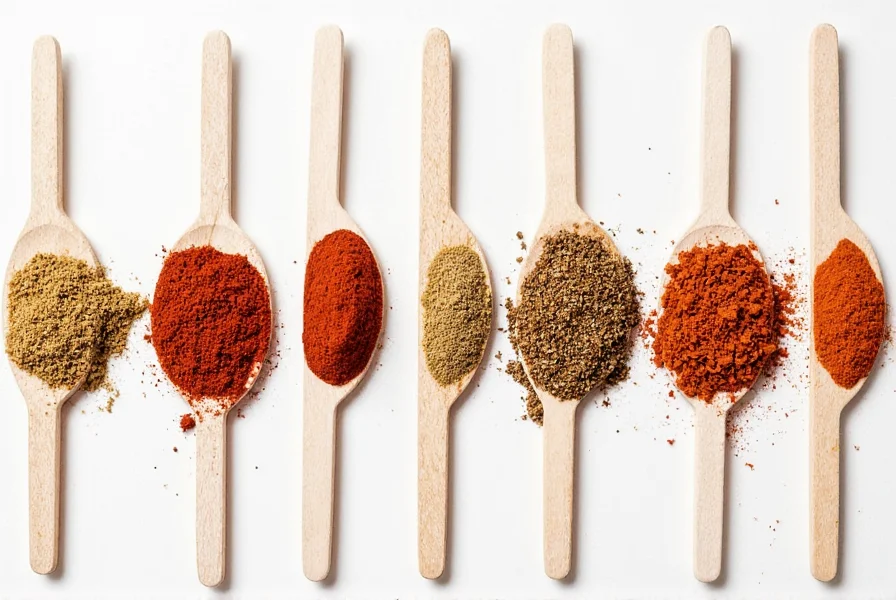









 浙公网安备
33010002000092号
浙公网安备
33010002000092号 浙B2-20120091-4
浙B2-20120091-4